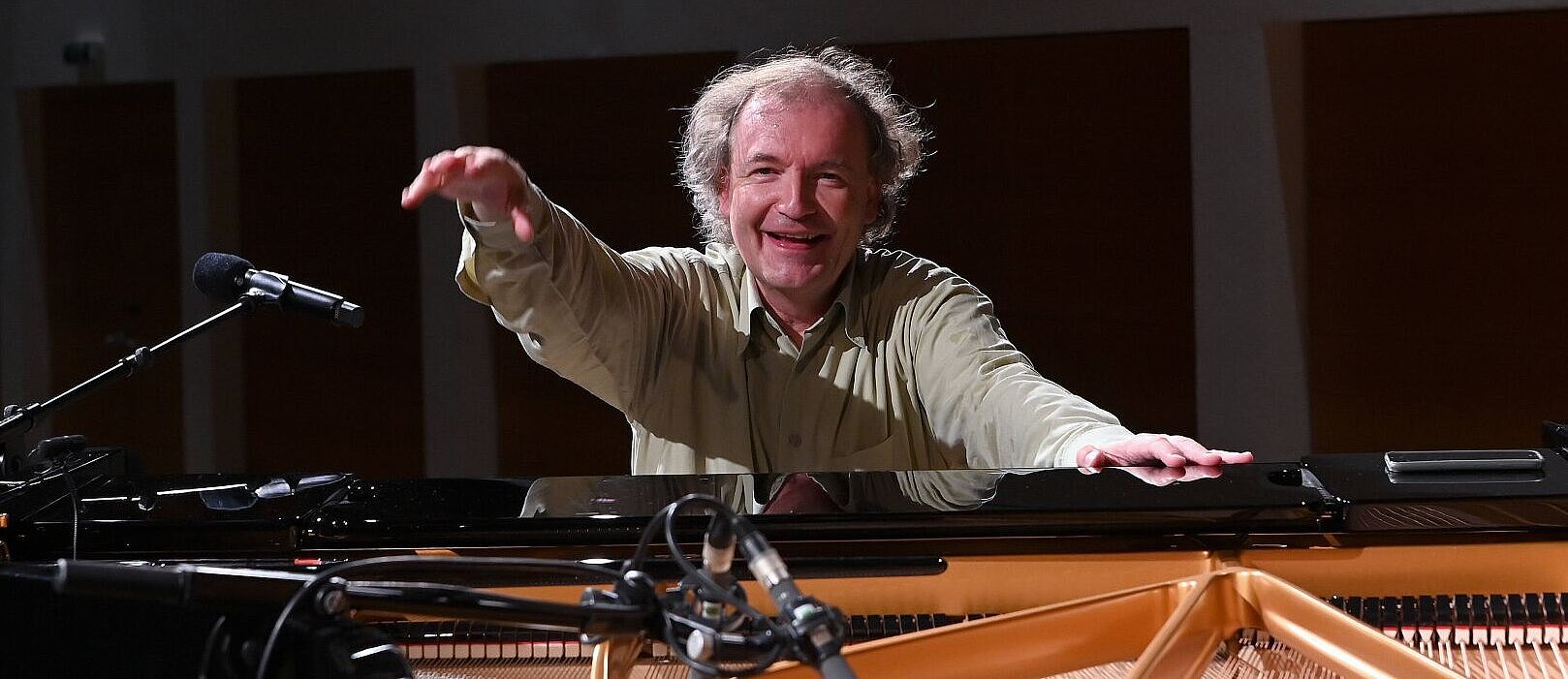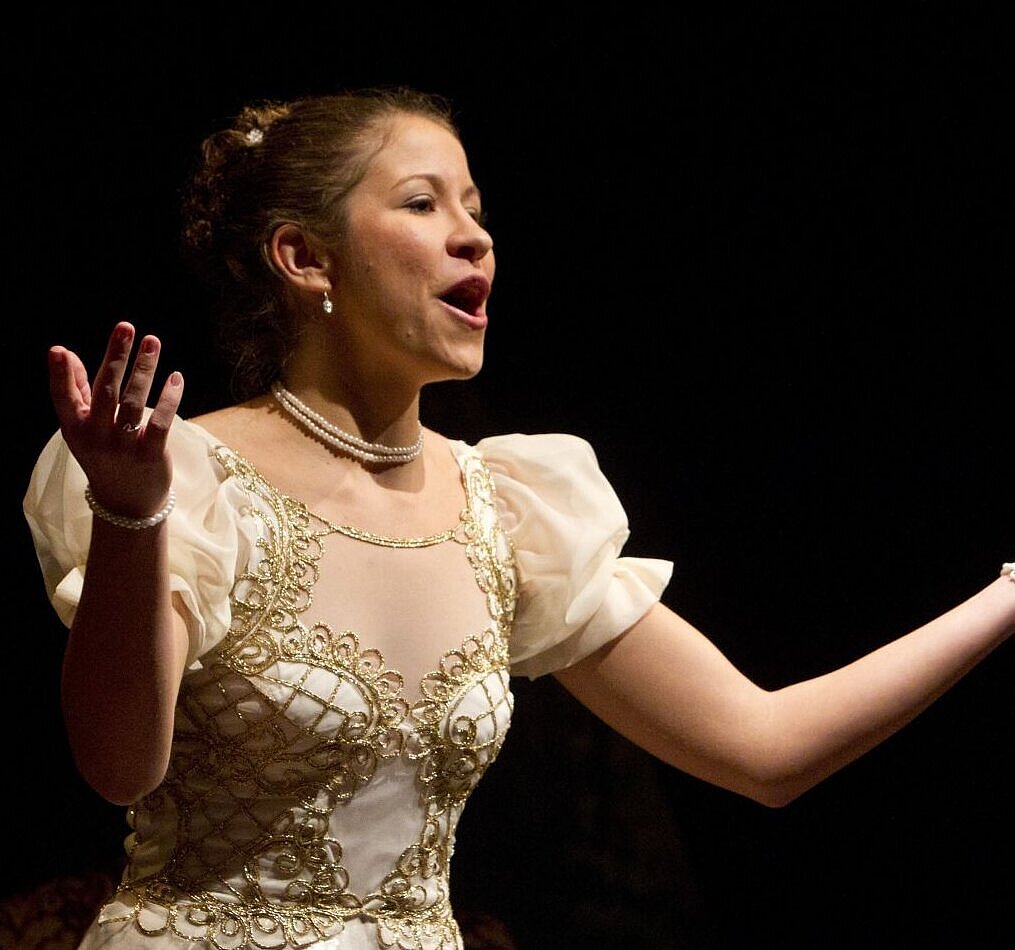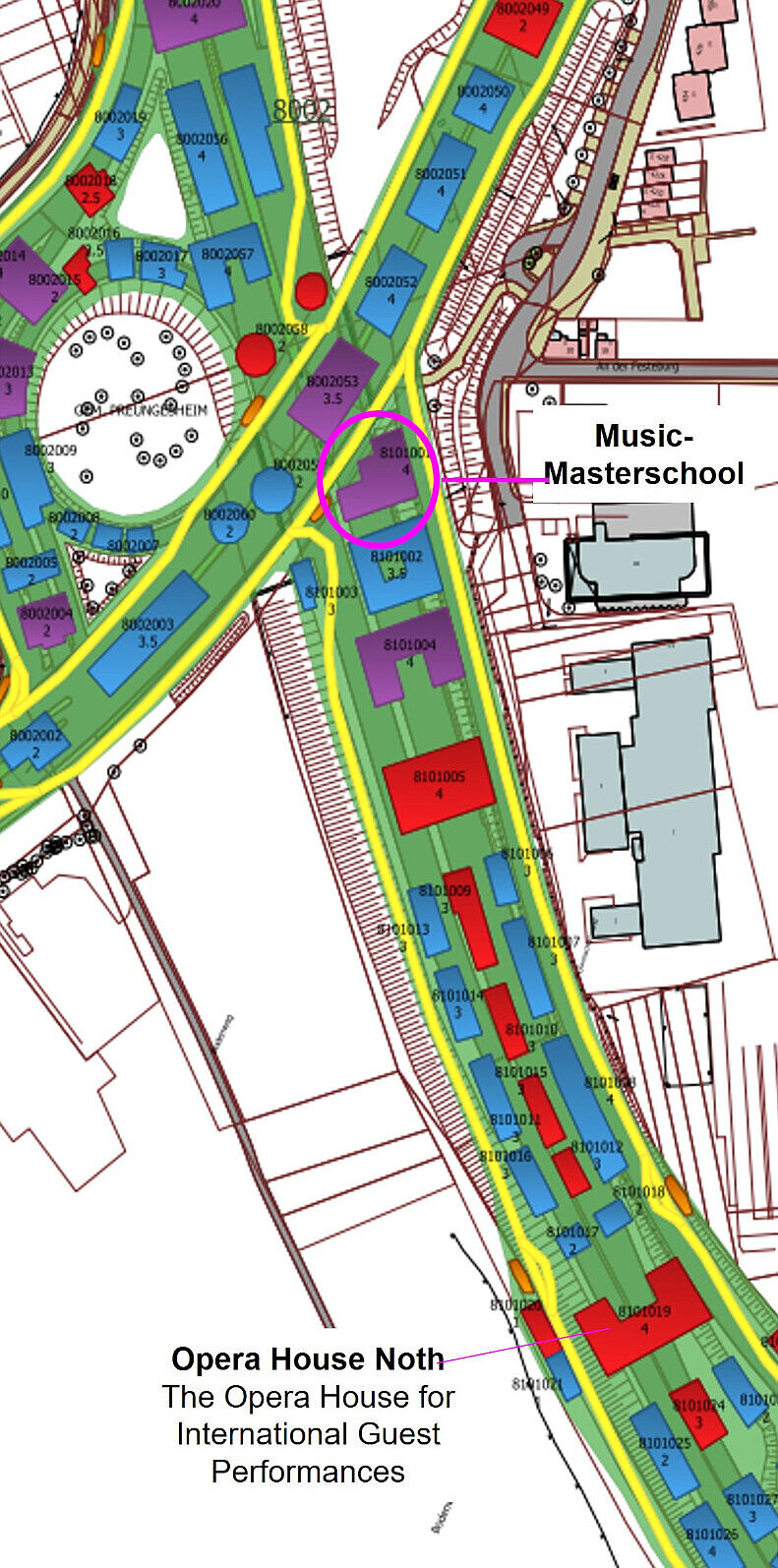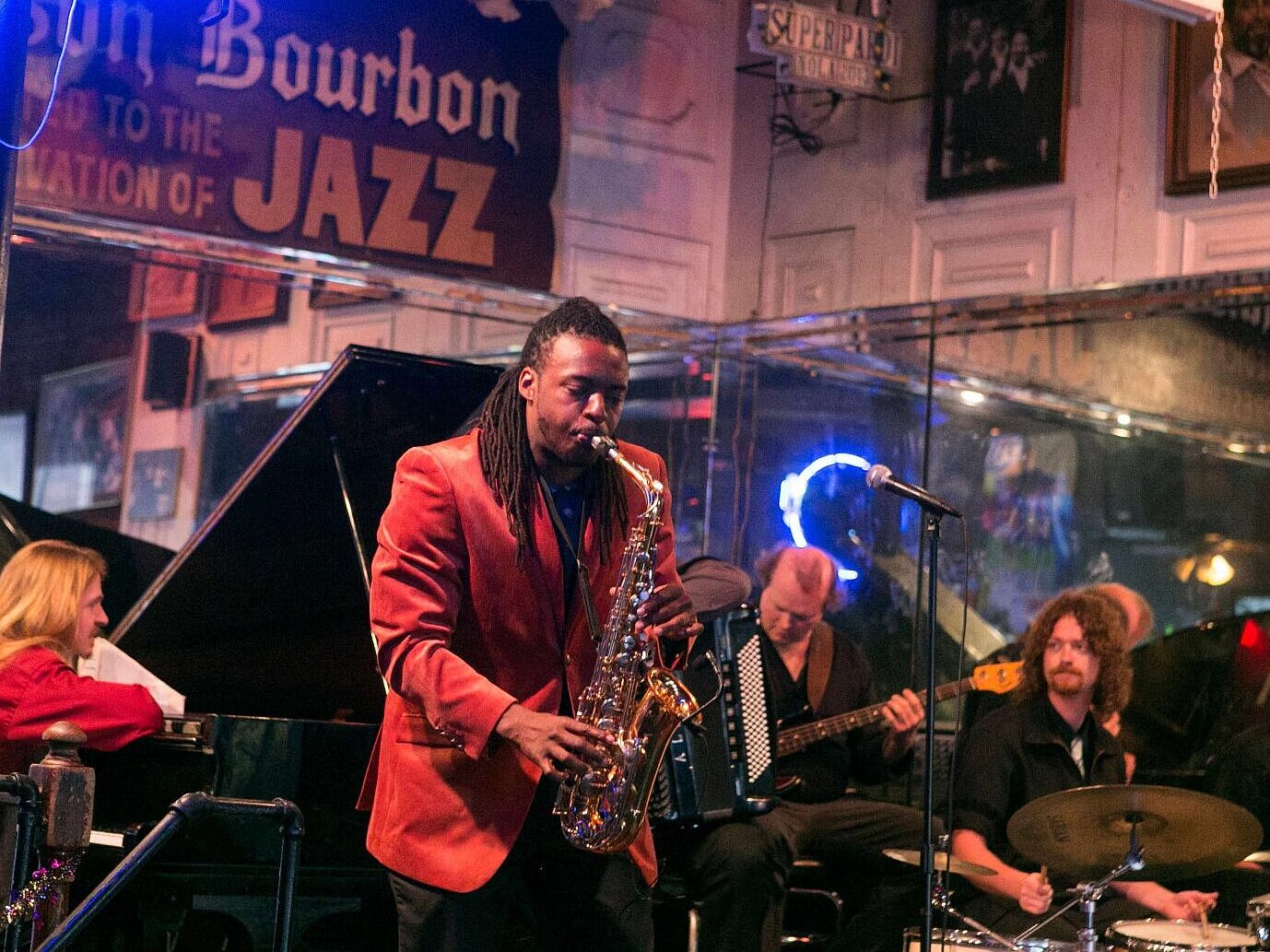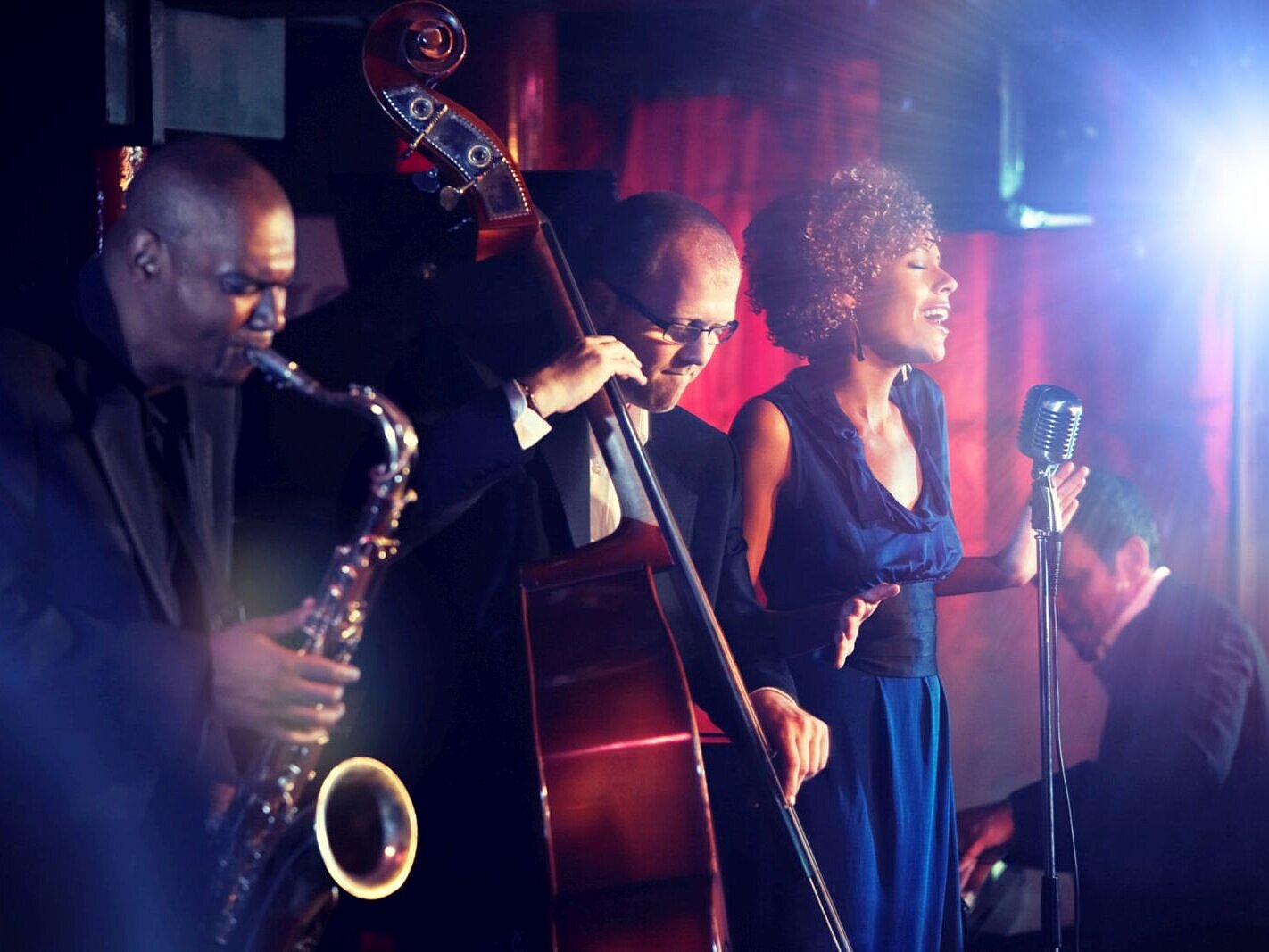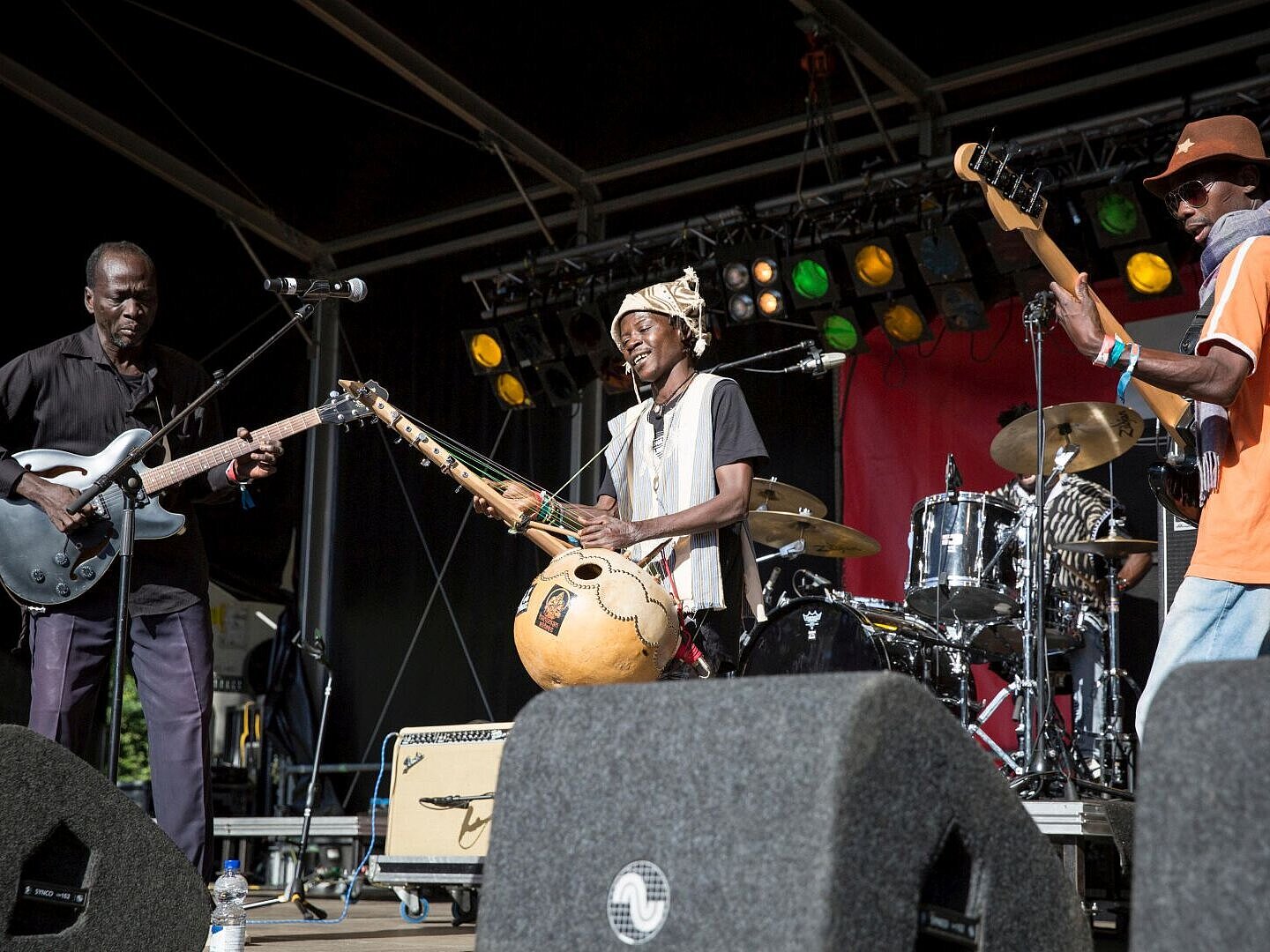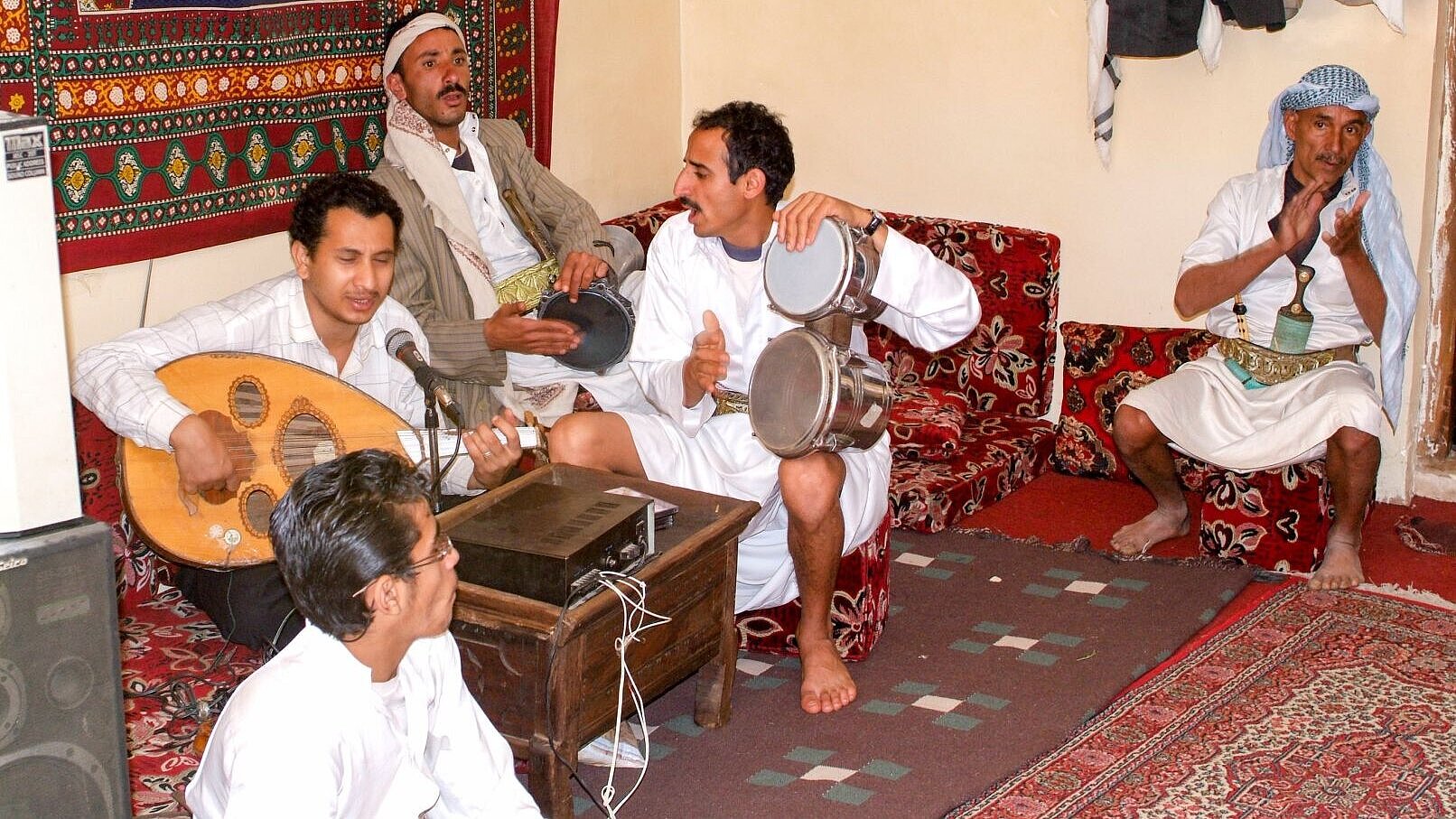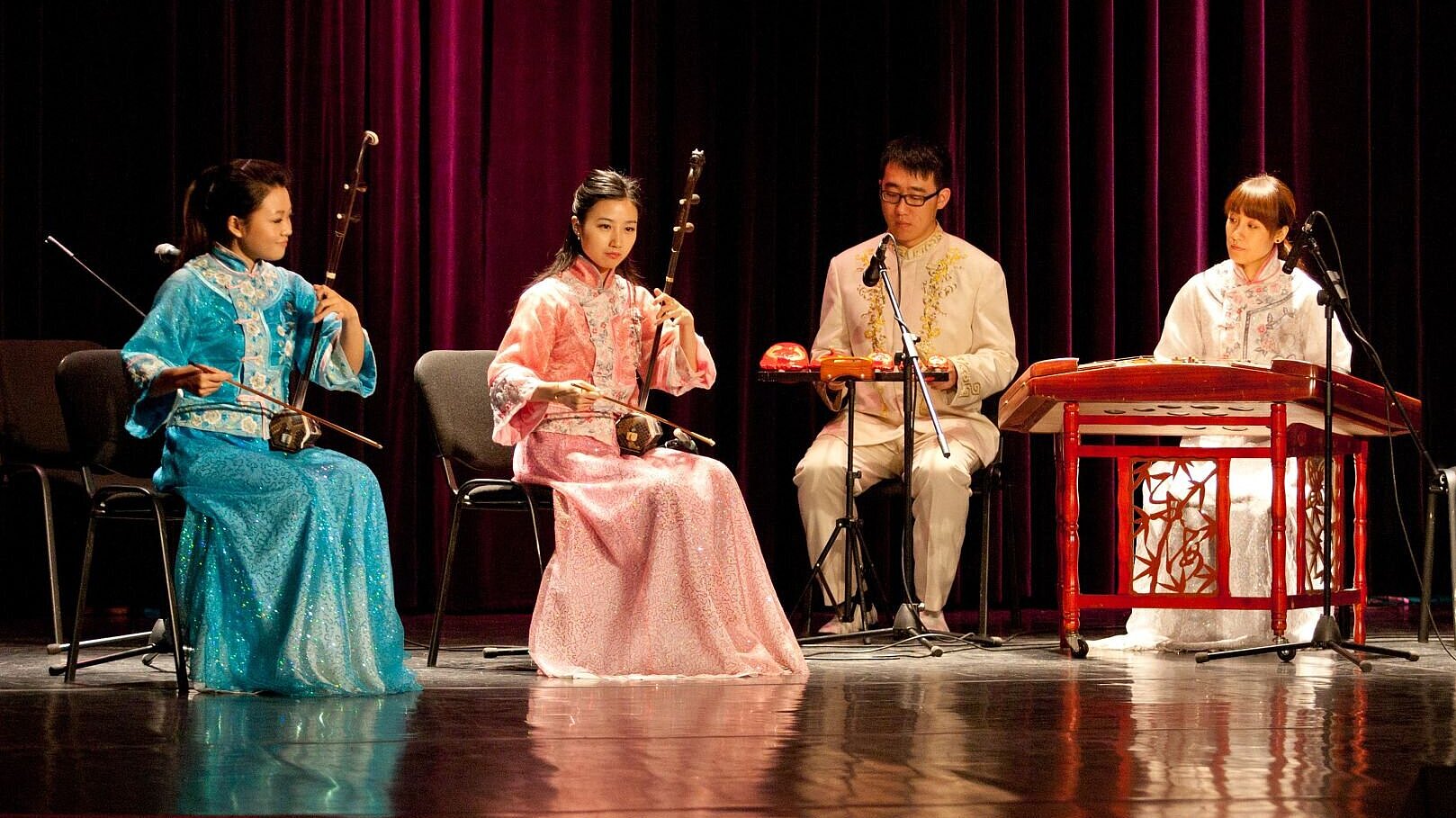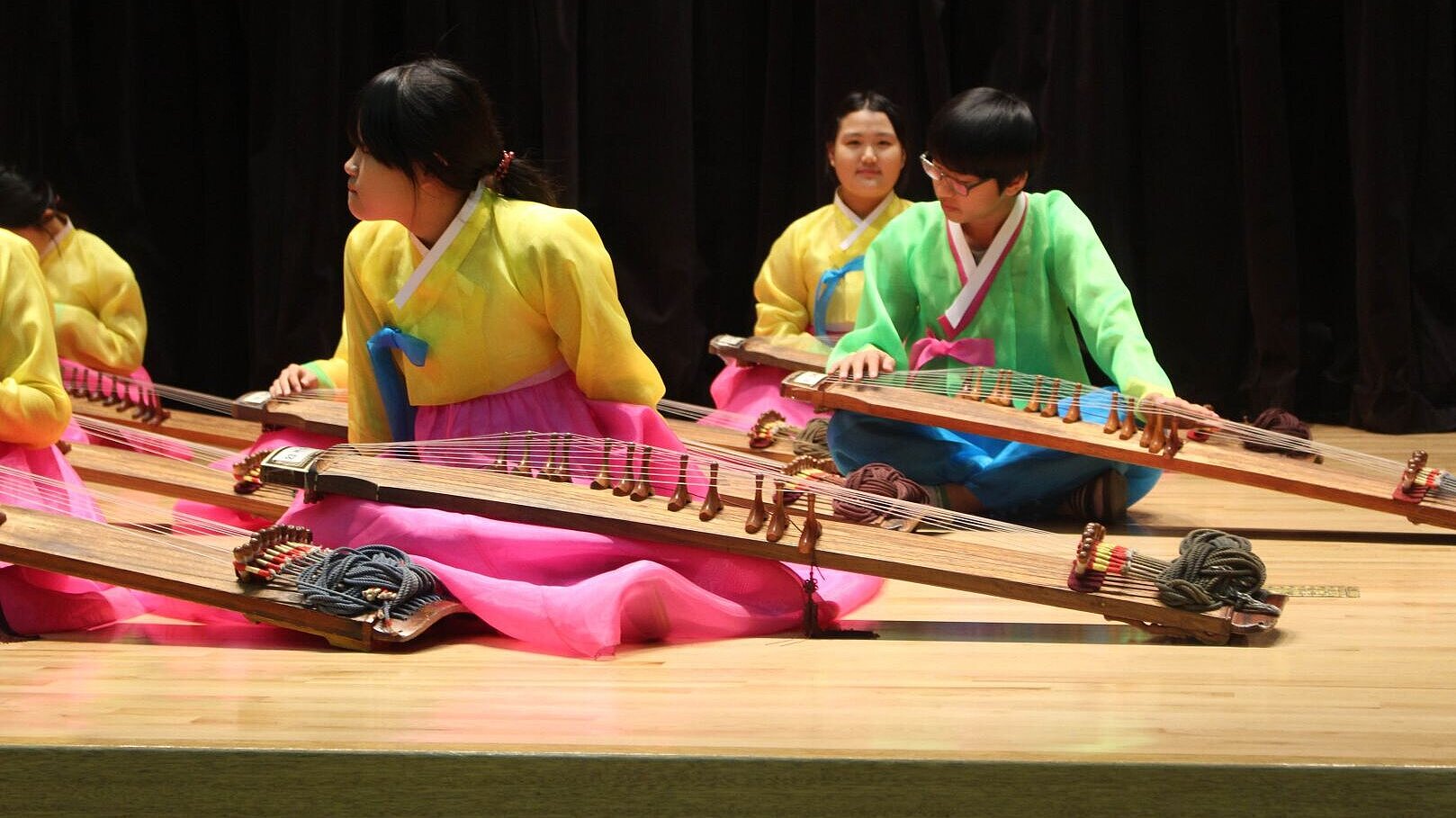Content: Music pavilions on the Frankfurt Bridges will create a diverse and international world of music.
Music pavilions are being built across the entire network of the Frankfurt Bridges, where all kinds of music are played. The concerts are timed so that different target groups can also go spontaneously, the ambience is very comfortable and pleasantly designed and the ticket prices are extremely reasonable.
Classical music as well as music from different cultures is presented and explained in such a way that even people who are not familiar with this type of music will find access to it.
The programme is designed in cooperation with universities and cultural associations, and artists from all musical genres are given uncomplicated and relaxed access to the audience thanks to the comparatively small venue.


